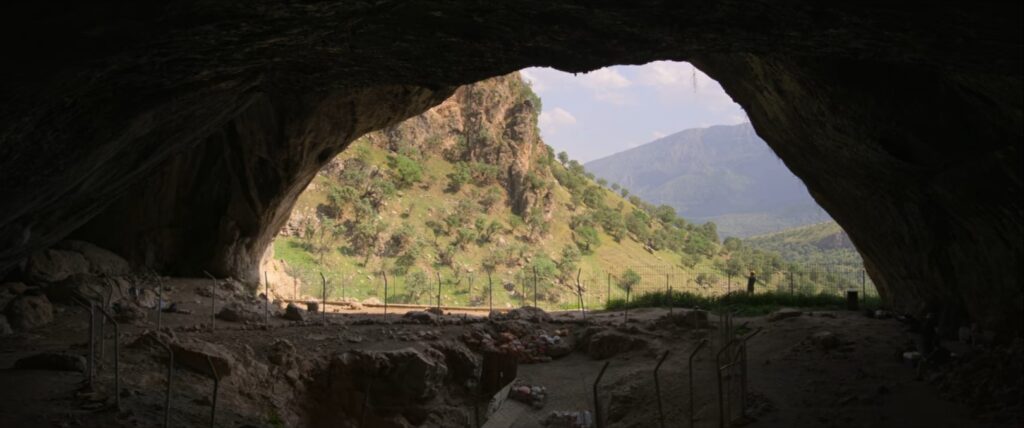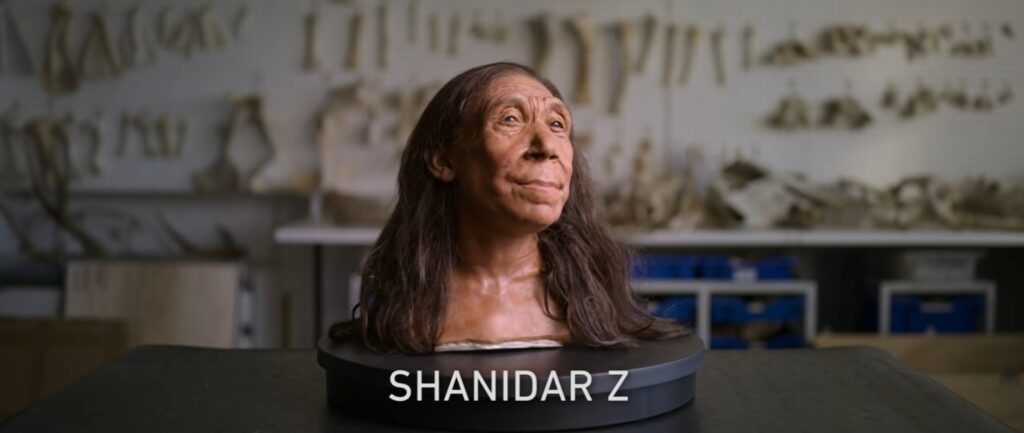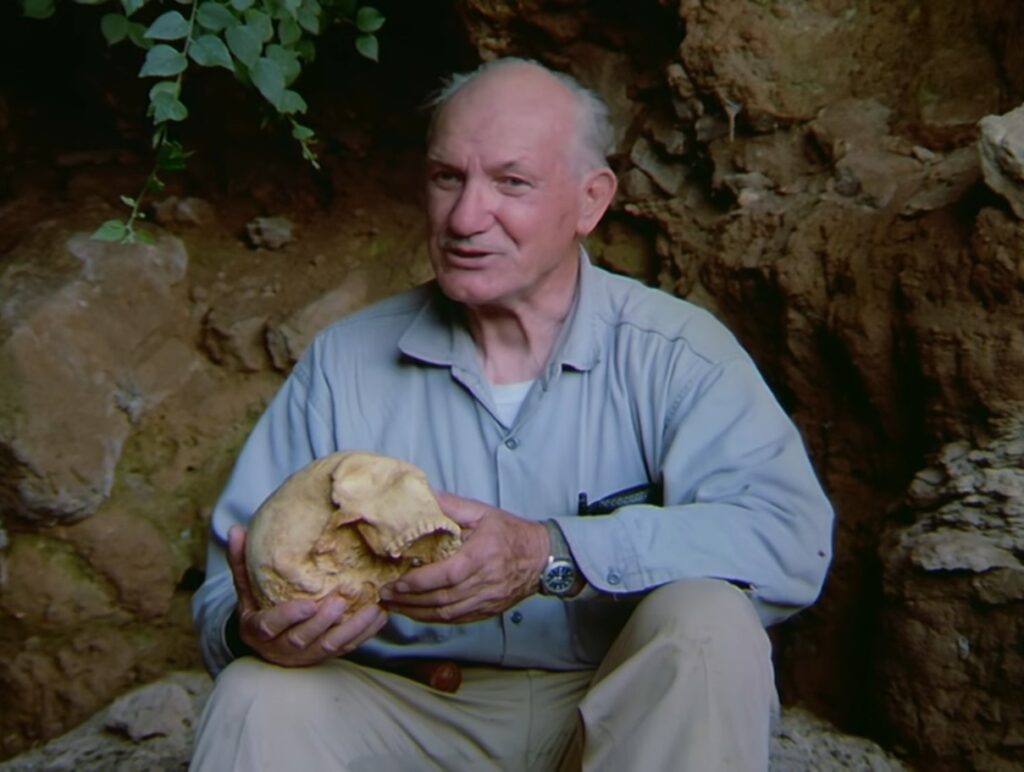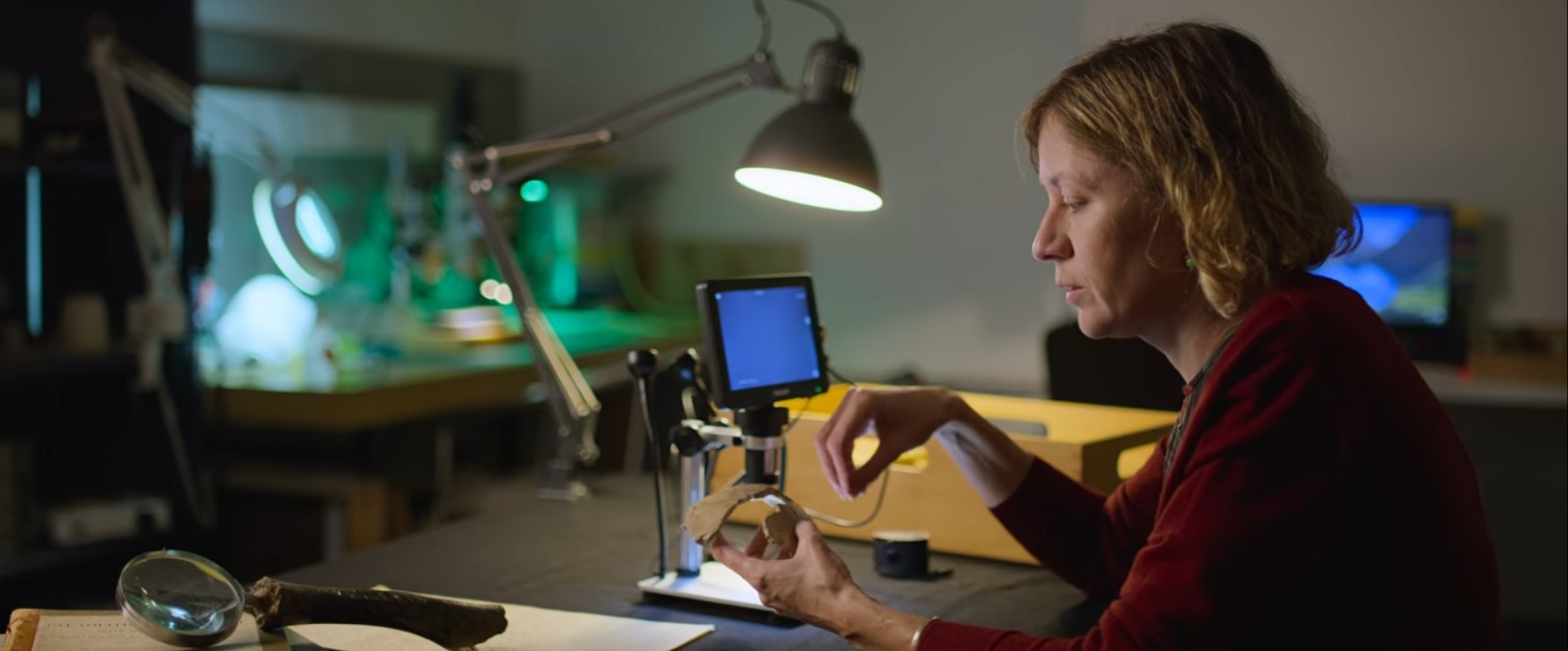Secrets of the Neanderthals is a British historical documentary film produced by BBC Studios. Directed and produced by Ashley Gething, it is executive produced by Andrew Cohen and Gideon Bradshaw. Narrated by Sir Patrick Stewart, the film has a runtime of about 1 hour and 20 minutes.
The documentary features Dr Emma Pomeroy, Professor Graeme Barker, Abdullah Barzani, Abdulwahab Sulaiman Hasan, Michael Hitchcock, Davorka Radovcic, Dr Ankica Oros Srsen, Professor Chris Hunt, Dr Lucia Lopez-Polin, Dr Amanda Henry, Adrie Kennis, Alfons Kennis, Dr Sophie Verheyden, Professor Jacques Jaubert, Dr Clive Finlayson and Prof Geraldine Finlayson.
Secrets of the Neanderthals is a captivating exploration that challenges stereotypes of Neanderthals as primitive beings, revealing them as a sophisticated and innovative society. Through the uncovering of a remarkably well-preserved Neanderthal skeleton, viewers are taken on a fascinating journey that sheds light on the true complexity and creativity of these ancient species.

Secrets of the Neanderthals Review
We have been long fascinated to dig to out the history of our existence or our long-lost evolutionary cousins, aka Neanderthals, who became extinct about 40,000 years ago. While their traces have been found in many parts of the world, the Middle East seems to be the treasure that contains most history. Especially, the Shanidar Cave in Iraqi Kurdistan remains to be an iconic place where the remains of at least 10 Neanderthal men, women and children were unearthed in the 1950s.
This exemplary work was done under the assistance of Ralph Solecki, whose footsteps are being followed again by contemporary archaeologists, to search for more. The work that stopped due to geopolitical tensions in the 2000s was resumed again when a group of British archaeologists were invited by the Kurdish authorities in 2015.
The key personalities Dr Emma Pomeroy and Professor Graeme Barker, soon came across a newly discovered skeleton, named Shanidar Z, which consisted of a large portion of the individual’s upper body, including the spine, shoulders, arms, and hands in 2018. It has been the biggest find in recent times that unearthed most of the body in one place.

Also Read: The Doomsday Cult of Antares De La Luz Review: When Religious Ecstasy Becomes a Tool to Monstrosity
After receiving approval from the local Department of Antiquities, the skull fragments were transported to the UK encased in sediment blocks to begin the meticulous task of extracting, stabilizing, and reconstructing them. It took an archaeological conservator over a year to successfully piece together the intricate puzzle.
Once completed, the reconstructed skull was scanned and a 3D print was provided to Adrie and Alfons Kennis, prominent Dutch artists known for their expertise in creating accurate depictions using bone and fossil remnants. With the release of Netflix’s Secrets of the Neanderthals, the 3D model of what a Neanderthal could have looked like was also unveiled to the world.
Also from the study done on the remains, the experts hypothesised that many of the extinct species weren’t as primitive or lacking cognition, as one have believed previously. For example, sharpened stones in the shape of a spear or cut marks on the bones of fellow Neanderthals or other animals suggest that they were much more creative and even innovative than one credits them. The Shanidar Cave plays a big role here as the mass findings indicate a burial practice.

It seems to be showcasing a burial custom where bodies were thoughtfully positioned in one place next to a towering stone column. Each deceased individual was arranged in a uniform manner, suggesting a common burial ritual. While Solecki had previously theorised that they acted in the same emotive manner, after finding flower pollens with the remains. His contemporaries think it’s likely the pollen was left later by burrowing bees, or perhaps from flowering branches that were placed on top of the bodies to keep away animals.
Along with the Shanidar Caves, Secrets of the Neanderthals explores different regions like Zagreb in Croatia, Bruniquel in France or Gibraltar’s Gorham Cave Complex, where the experts have found some significant traces of their long existence. Yet the biggest question remains answered – Why did they disappear? Although it can’t be answered with surety – climate change causing extremely cold and dry weather could be one possible answer.
It also brings in the question if the same fate awaits us in the near future. From what can be deciphered, Neanderthals were once probably the most advanced species walking on Earth. Yet years have gone by to find their traces and pose an imminent question if the homo sapiens are headed in the same direction. As time will tell our fate, the documentary however felt a bit much dramatised. On one hand, the experts say that they can’t give a definite answer to what the ancient species looked like or behaved.

But the dramatisation project preconceived notions of making them look extremely primitive at times and superhumanly at others. It is used to make a layman understand better but if they can’t be as accurate then it’s better not to use elements like live dramatisation. Also, learning about history is always entertaining and informative but it’s definitely a stretch when supposed experts exaggerate simple things like a sharp stone near a bone from hundreds of years ago, as something ‘immaculate’. The viewers would appreciate it if they came straight to the point instead of glorifying something irrelevant for minutes and never explaining why it was even important.
Rating: 2.5/5
Secrets of the Neanderthals is available to stream on Netflix.
Also Read: Down the Rabbit Hole Review: Unique Perspective, Blurring Lines Between Innocence and Crime

Leave a Reply